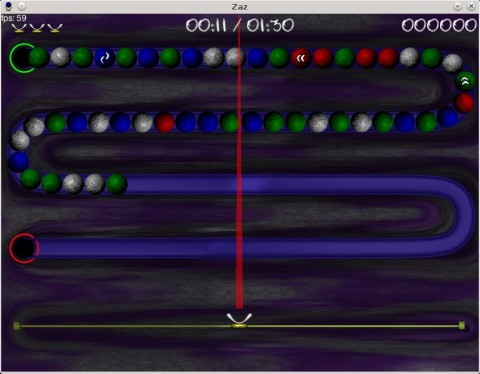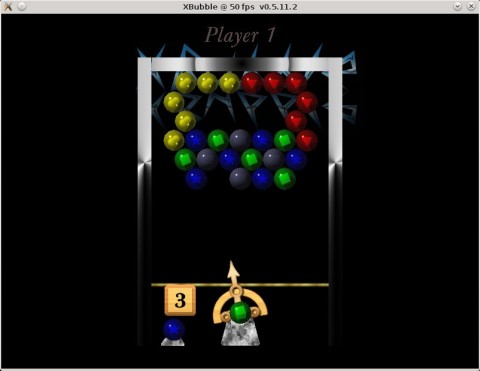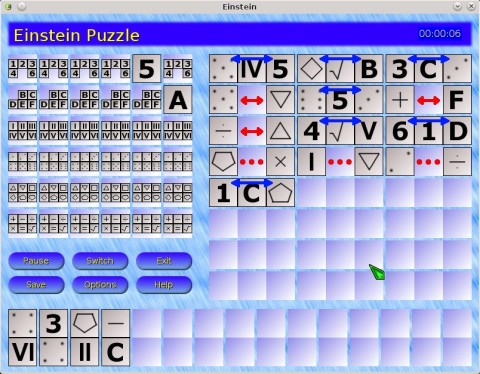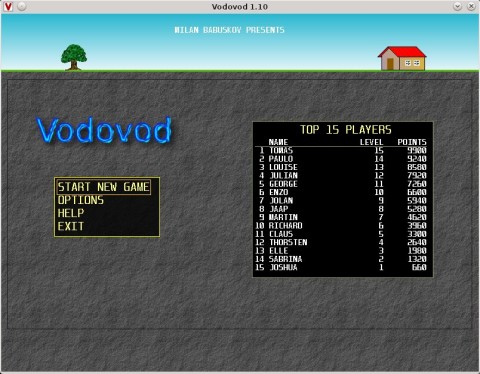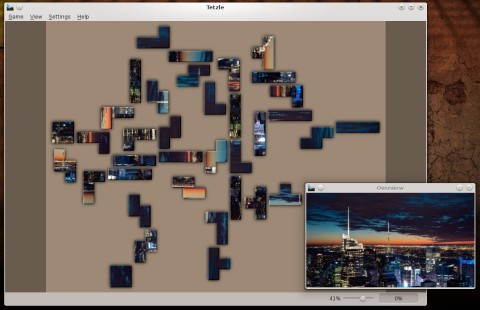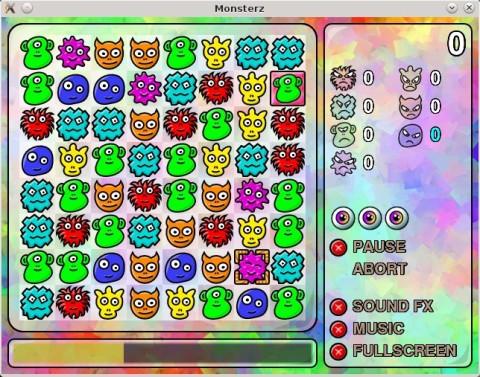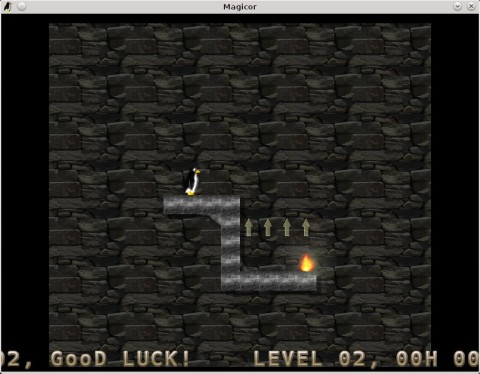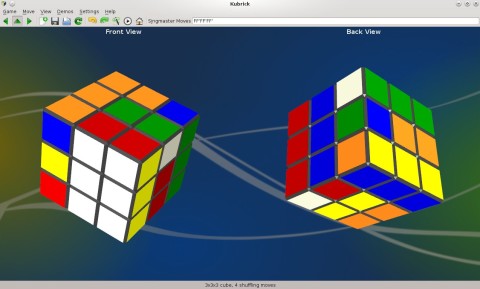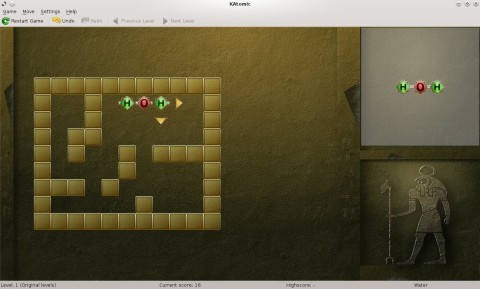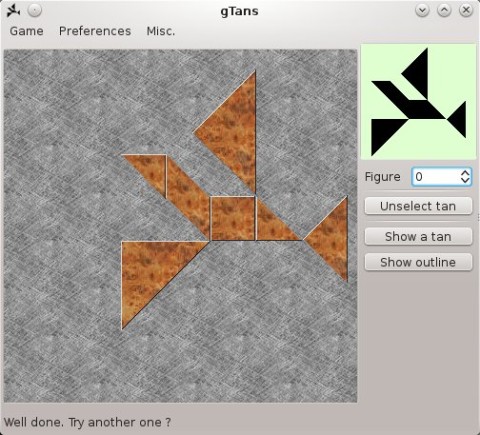Here is yet another overview of 10 free and open-source games for Linux. These are maybe not the most popular ones, but each definitely has a certain addictive tint to it.
The other four articles covering 27 more games can be found at the following locations: 1 2 3 4
Zaz is similar to the popular Zuma Deluxe game, where you have to prevent a batch of balls coming through a tunnel by shooting at them. One of the useful features it has is the ability to record a demo of a played game in Ogg Theora video, which will be saved in your home folder.
In XBubble you have to shoot at differently colored balls in order to remove them from the board. Currently the game doesn’t have implemented any configuration options, nor sound.
Inspired from a DOS game called Sherlock, which in turn is inspired from Albert Einstein’s puzzle, Einstein is a game in which you have to open the cards in a square of 6×6, so that on any row or column the cards are unique. Each row contains a different set of cards, like Roman and Arabic numbers, letters, geometric shapes.
The goal of Vodovod is to use pipes in order to connect the house at the top of the landscape to the bottom water tank. The game has simple 2D graphics, music, sounds and controls configuration.
Tetzle is a Jigsaw Puzzle game in which you can import any image from your computer, and the game will turn in into a puzzle after applying several filters on it. You can choose the number of pieces the image should be broken into.
In Monsterz you have a set of monster-themed times and you need to connect adjacent tiles to create certain alignments.
Magicor is a 2D puzzle game in which you control a penguin (let’s just assume it’s Tux, even if it doesn’t look exactly like him), and need to create ice blocks to put down the fires on each map.
Kubrick is a KDE game in which you have to solve the Rubik’s cube.
KAtomic is a very good chemistry teaching tool, in which you need to move atoms around in order to form molecular structures of known substances.
gTans is a Tangram puzzle game where you have to place seven geometric shapes together so that they form a predefined model. You can move around, rotate and flip the tans to accomplish this.




